When Chromebooks start this competitively, it's easy to be blinded by low prices.
Among the tens of thousands of deals coming on Amazon Prime Day, the deals on Chromebooks are among the most perilous. Good Chromebooks have been hard to come by the last several months due to a confluence of unprecedented demand and supply shortages. As millions work from home and learn from home, affordable, reliable, durable Chromebooks are winning over new users left and right.
While I have zero doubts that there will be some great Chromebook deals, I can't grade each and every lightning deal that'll be crossing out feeds on October 13-14. Rather than leaving you in the lurch to guess at whether a Chromebook is worth the deal price, here are a few yardsticks with which I measure Chromebook values.
Processor pricing — because without power, nothing else matters
Chromebooks don't need a super-fast processor the way that Windows and macOS do; Chrome OS is a lightweight version of Linux that's designed to run on budget hardware. That said, just because you don't need an i5 doesn't mean that processors don't matter on a Chromebook, they absolutely do. Because Chromebooks in a particular generation tend to use the same processor across a variety of manufacturers, a processor is often an indicator of how old your Chromebook model is — and how far away it is from its expiration date. (Yes, Chromebooks come with expiration dates, and we'll talk about those more in a minute.)
If you're buying a Chromebook for full-time work or for a student that's on Google Meet of Zoom calls for a good portion of the day, look for a Chromebook running an Intel Celeron N4000 or better. For a younger student that is rough on their hardware — a Chromebook you don't expect to survive more than two years — you could maybe go as low as the Celeron N3350, but anything older than that will be too weak for pulling up homework or notes while on a video call for class.
How much you should pay for a Chromebook is a factor of far more than the processor, but as a rule of thumb, here are the price limitations I keep for each processor range.
| Intel Processor Series | Desired price range | Maximum price |
|---|---|---|
| Celeron N3350-N3550 | $100-$150 | $225 |
| Celeron N4000-N4200 | $175-$275 | $350 ($450 for rugged models) |
| Core i3 (8-10th Gen) | $300-$500 | $600 |
| Core i5 (8-10th Gen) | $400-$900 | $1000 |
| Core i7 (8-10th Gen) | $750-$1300 | $1300 |
I'm skipping AMD and Mediatek processors here because there aren't as many Chromebooks that run these chips. If you're looking at a Chromebook with one, you can generally infer their prices around the levels of the N3550 and N4000, depending on which year the model came out.
Always check the expiration date
Chromebooks come with expiration dates, and while Google is working to make Chromebooks last longer, they're here right now and they are another easy way to see if a Chromebook deal is worthwhile. The longer out an Auto Update Expiration (AUE) Date is for a Chromebook, the longer you have to use it and thus the longer you can see a return on your investment.
Google lists the AUE date for each and every Chromebook and Chromebox model on the Auto Update Policy page, though I'll admit that for some Chromebook series, this can get a little harder than you'd think. For instance, the HP Chromebook 11 and 14 series have almost a decade of models and the exact model name doesn't always make its way into the Amazon listing name or description.
The easiest way to check the value of a Chromebook via AUE is to find the AUE date, subtract from today to find how many years you have left, and then divide the price by the years left.
As an example, the 2018 Acer Chromebook Spin 11 CP311-1H-C5PN is $330 on Amazon and has an AUE date of June 2024. That gives you about four years of support life left; $330 divided by four is $82.50. By contrast, the Lenovo Chromebook Duet is $300 at Best Buy and has an AUE date of June 2028. $300 divided by eight is $37.50, so the Duet is a much better deal than the Spin 11, even without factoring in that the Duet has a higher-quality screen and four times the storage space.
By the by, that old Spin 11 is a model to watch on Prime Day, especially since the new Acer Chromebook Spin 311 (pictured above) is starting to hit store shelves with a newer processor, double the storage, and an AUE date of June 2028 at $290. Expect to see the older Spin 11 maybe get the $180 deal that the Lenovo C330 got last Black Friday.
Touchscreens do not cost much more — and they're worth every penny
Once upon a time when Chromebooks weren't a vehicle for Android apps, having a touchscreen was useful but not required. Those days have passed, and the only people who should be buying non-touch Chromebooks in 2020 are soulless procurement reps for Fortune 500 companies and school districts that are too broke to afford more than the most basic Chromebooks for their kids.
Especially for children who are used to touching the screen on tablets and phones, a touchscreen Chromebook will make the transition to a Chromebook easier. Touch is also the preferred way to interact with Android apps installed on Chromebooks via Google Play. The trackpad gestures on Chrome OS are great, and the keyboard shortcuts are even more so, but when you're trying to keep up with a recipe while baking or just scrolling through /r/aww for some cuteness in these trying times, the touchscreen is tops.
Getting the touchscreen model of a Chromebook is usually $30-$50 more at launch — and is often paired with more storage or more RAM — but by the time they're 1-3 years old on Amazon, chances are they're $10-$15 apart, and at that point, it's a no-brainer to get it.
On Prime Day, I wouldn't pay more than $200 for a non-touch Chromebook, not even if it came with a Core i3 processor. Thankfully, non-touch Chromebooks are getting less common with each passing year, but it's worth mentioning and worth checking the Amazon listing to ensure it has it.
Storage and memory: How much do you need?
RAM and internal storage are often overlooked on Chromebooks, and that's because for the majority of Chromebooks released in the last three years, you basically had one option for RAM and two options for storage. Chromebooks with 8GB of RAM are starting to get more traction in the mid-range segment, but there are still not too many models that offer it, especially in the budget Chromebook segment that sees gangbusters discounts on Prime Day.
When it comes to storage, you can get by on 32GB, but I highly, highly recommend grabbing 64GB if it's available for less than $75 more. A good microSD card can be used for downloads and some offline files, but you can't offload apps to it and most apps are wonky about external storage on Chromebooks.
For most Chromebooks, the type of storage will be eMMc — essentially a memory card — but if a mid-range or premium Chromebook has an SSD option, take it. Not only will the SSD storage be significantly faster, but it's easier to replace the SSD with a bigger one down the road if you want more space.
On Prime Day, if you see a Chromebook with 2GB of RAM or 16GB of storage, CLOSE THE TAB AND WALK AWAY. Just walk away, 16GB of storage is just too small for a Chromebook unless you're not downloading a single thing to the Chromebook, apps or files.
What I'm keeping my eye out for on Prime Day
There's a sea of Chromebooks out there and it's easy to get overwhelmed, so here's the super-short checklist for a few types of Chromebooks to look for on Prime Day:
- For younger kids (5-9): A rugged 11.6-inch 2-in-1 Chromebook, touchscreen, Celeron N3550 or N4000, 4GB RAM, 32GB storage, in the $150-$240 range
- For older kids (9+) and workers on the go: 11.6-12.5-inch 2-in-1 Chromebook, touchscreen, Celeron N4000 or Intel Core i3, 4GB of RAM, 32-64GB of storage (preferably 64GB), in the $200-$350 range
- For college kids and full-time work: 13-15-inch Chromebook, touchscreen, Intel Core i3-i5, 4-8GB RAM, 64-128GB storage (preferably SSD), backlit keyboard (if you can), in the $240-$500 range (clamshell) or $350-$650 range (2-in-1 convertible)
Chromebook deals will keep popping up as we approach Prime Day, but even if they slip by us, you'll be able to judge them yourself based on these criteria. What Chromebooks are you hoping to see on sale next week? What features are deal breakers on your next Chromebook? Let me know in the comments so I can keep my eyes peeled for the deals you want!
Great value and versatility
Lenovo Chromebook Duet
Long-lasting, adaptable, and affordable
Lenovo's Duet may be short on ports and small in size, but the screen is great, there's ample storage, and it'll get Chrome OS updates until June 2028.
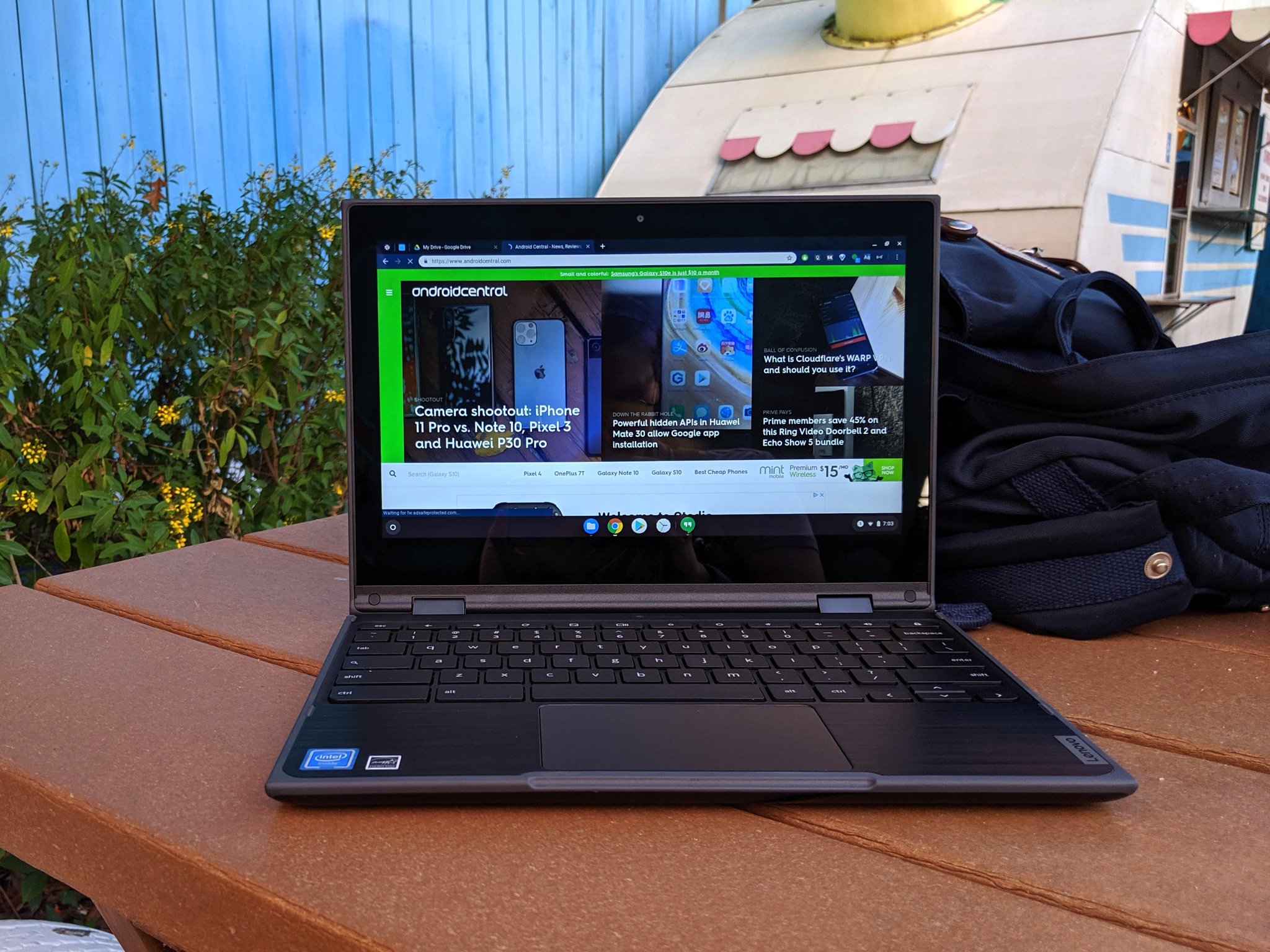

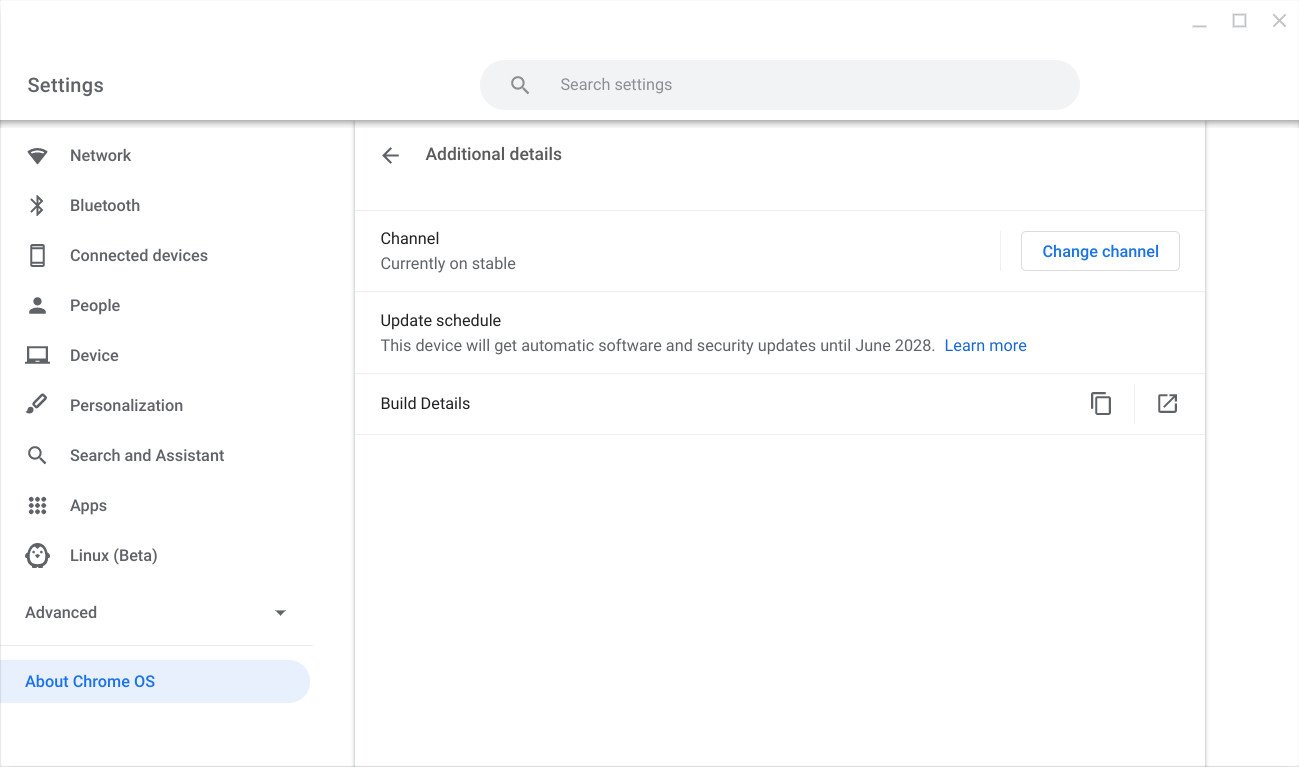
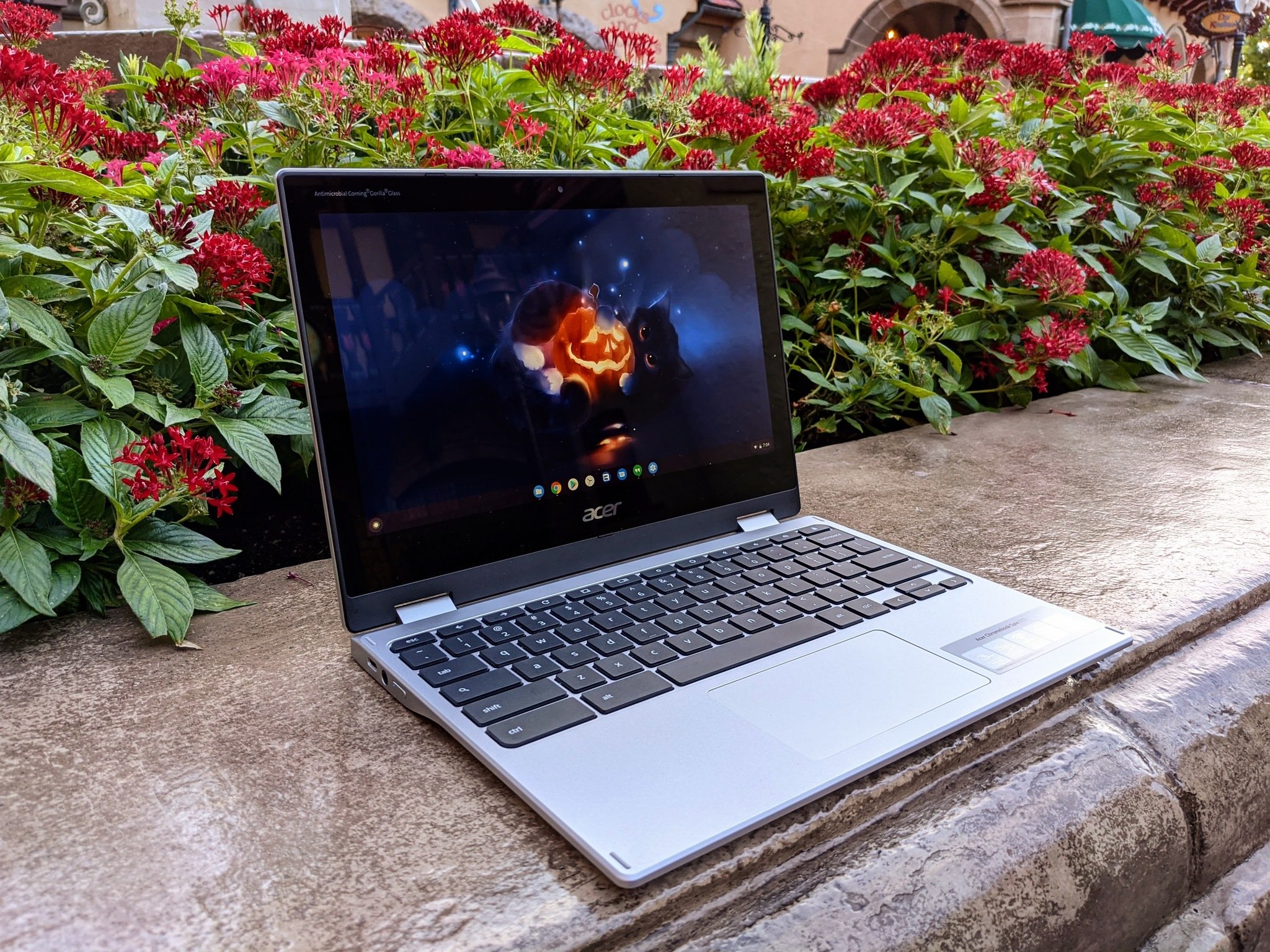
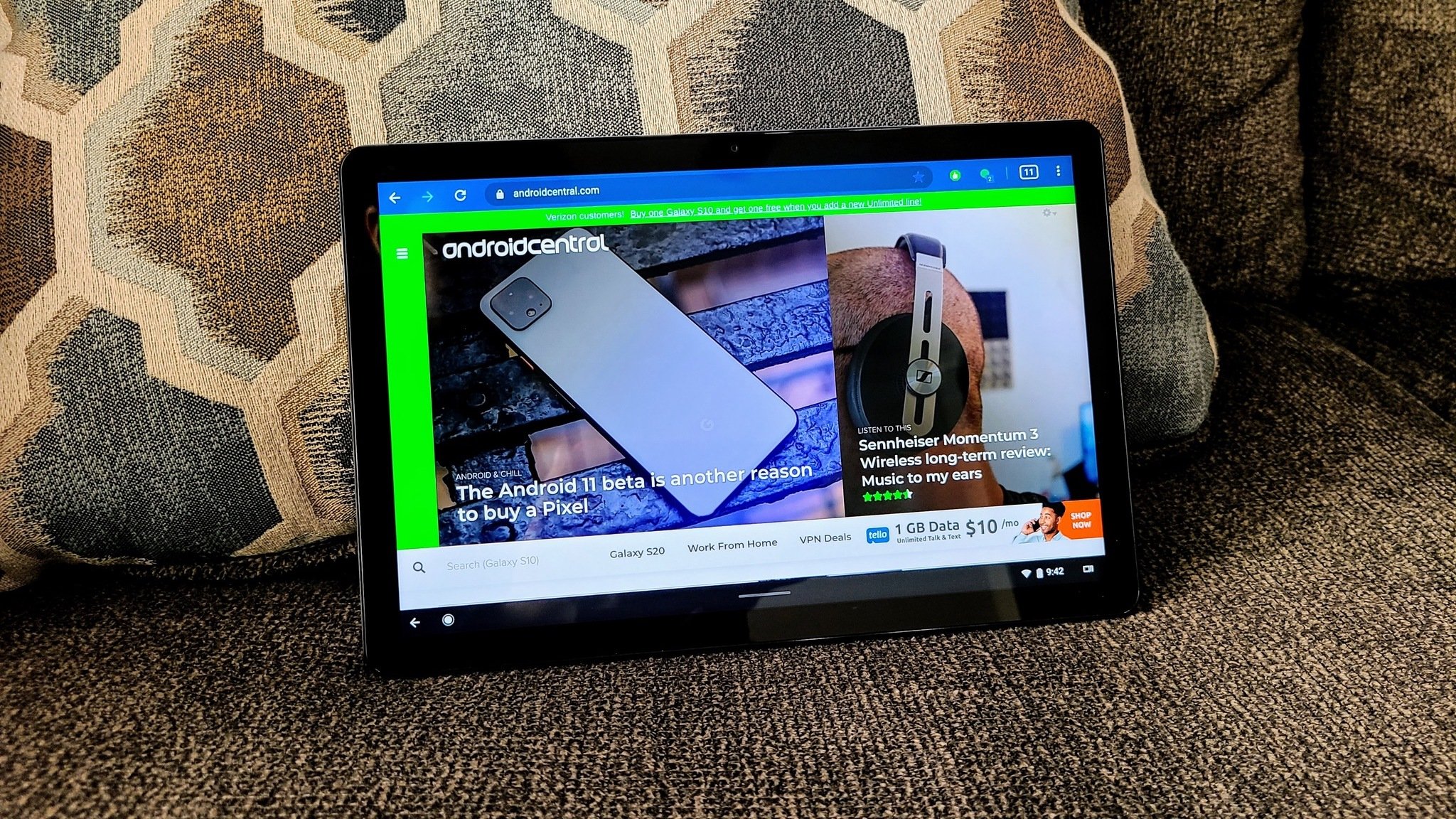
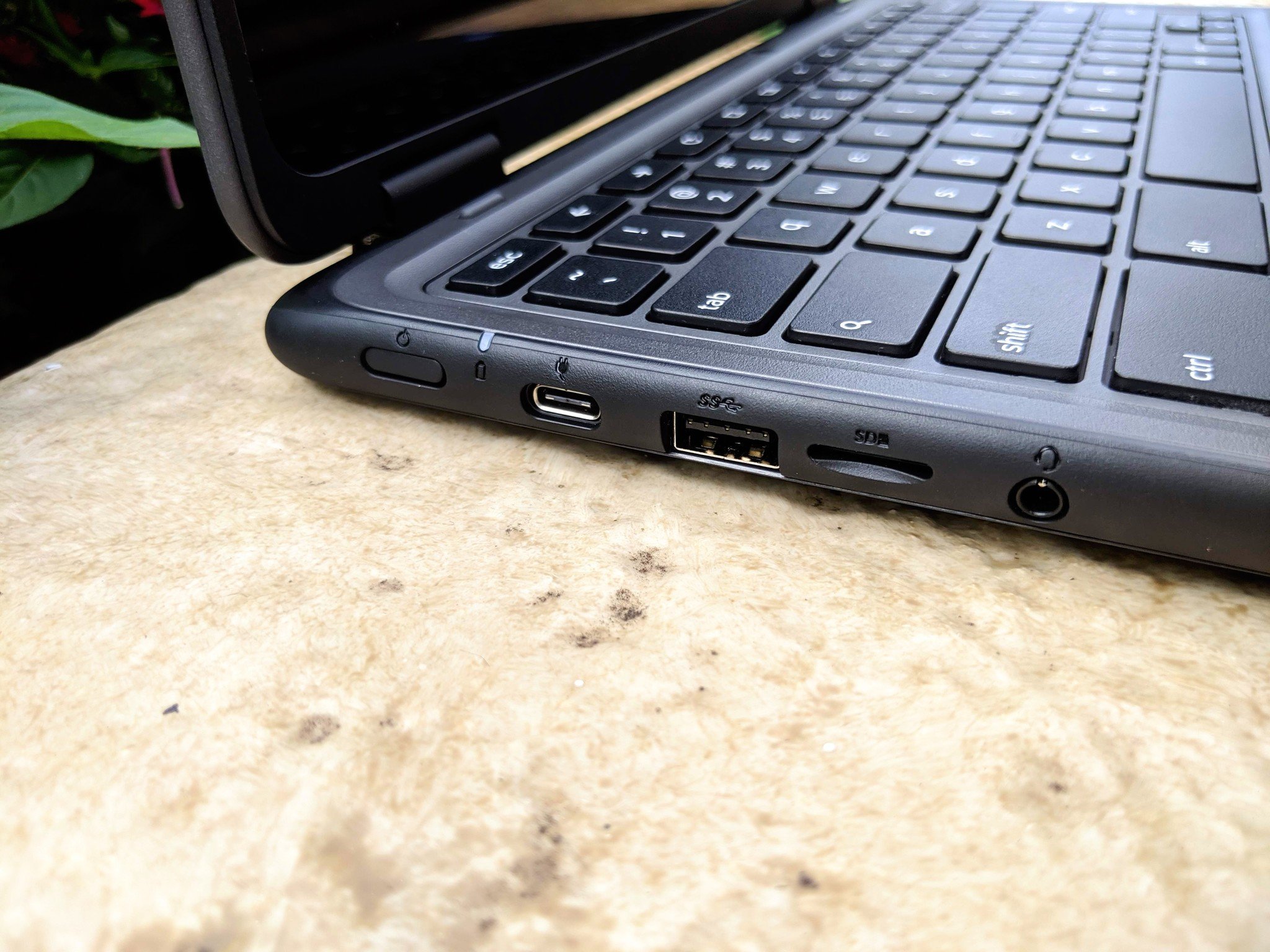
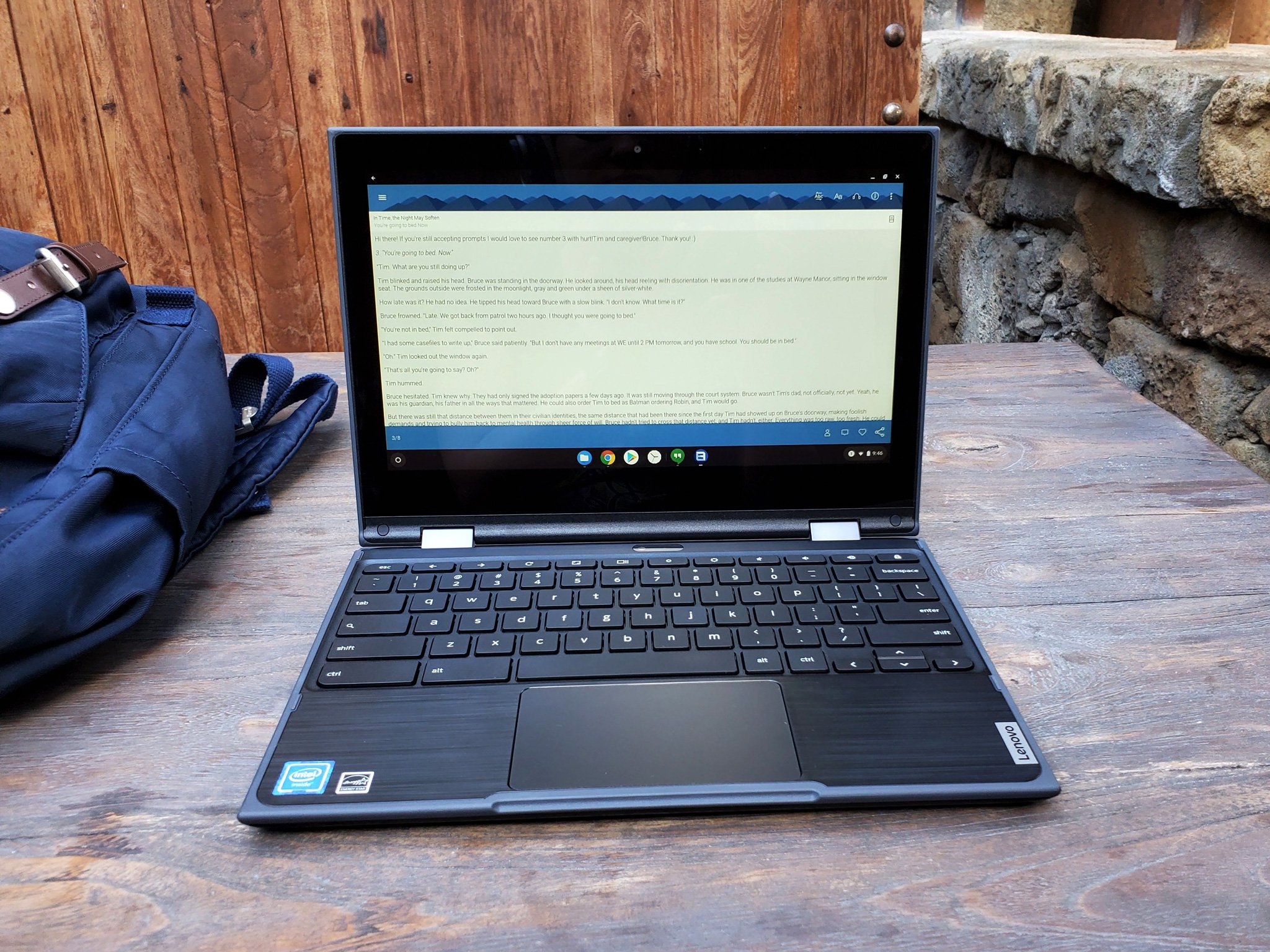
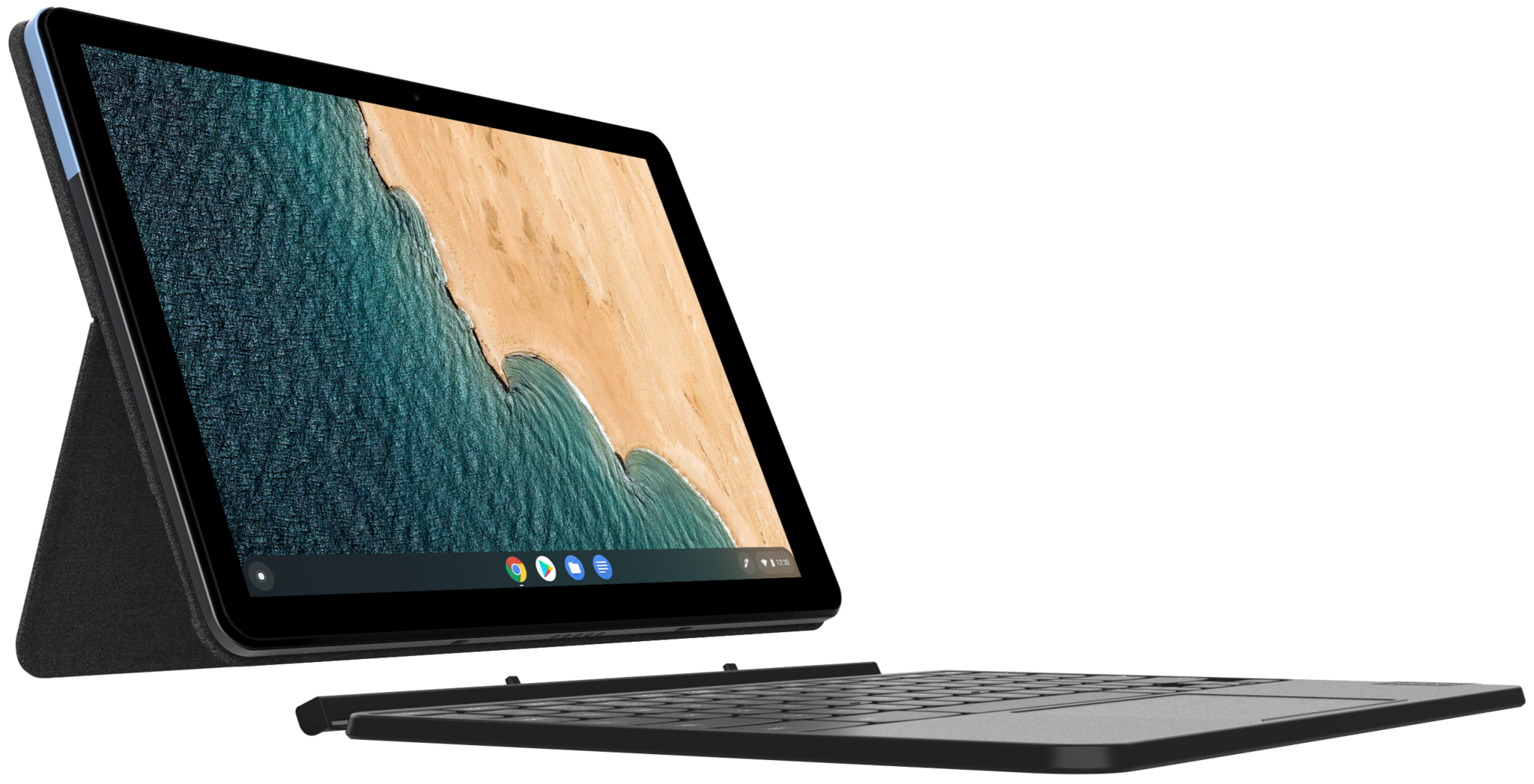
0 Response to "You Can See More: Here's how to avoid bad Chromebook deals on Prime Day"
Post a Comment